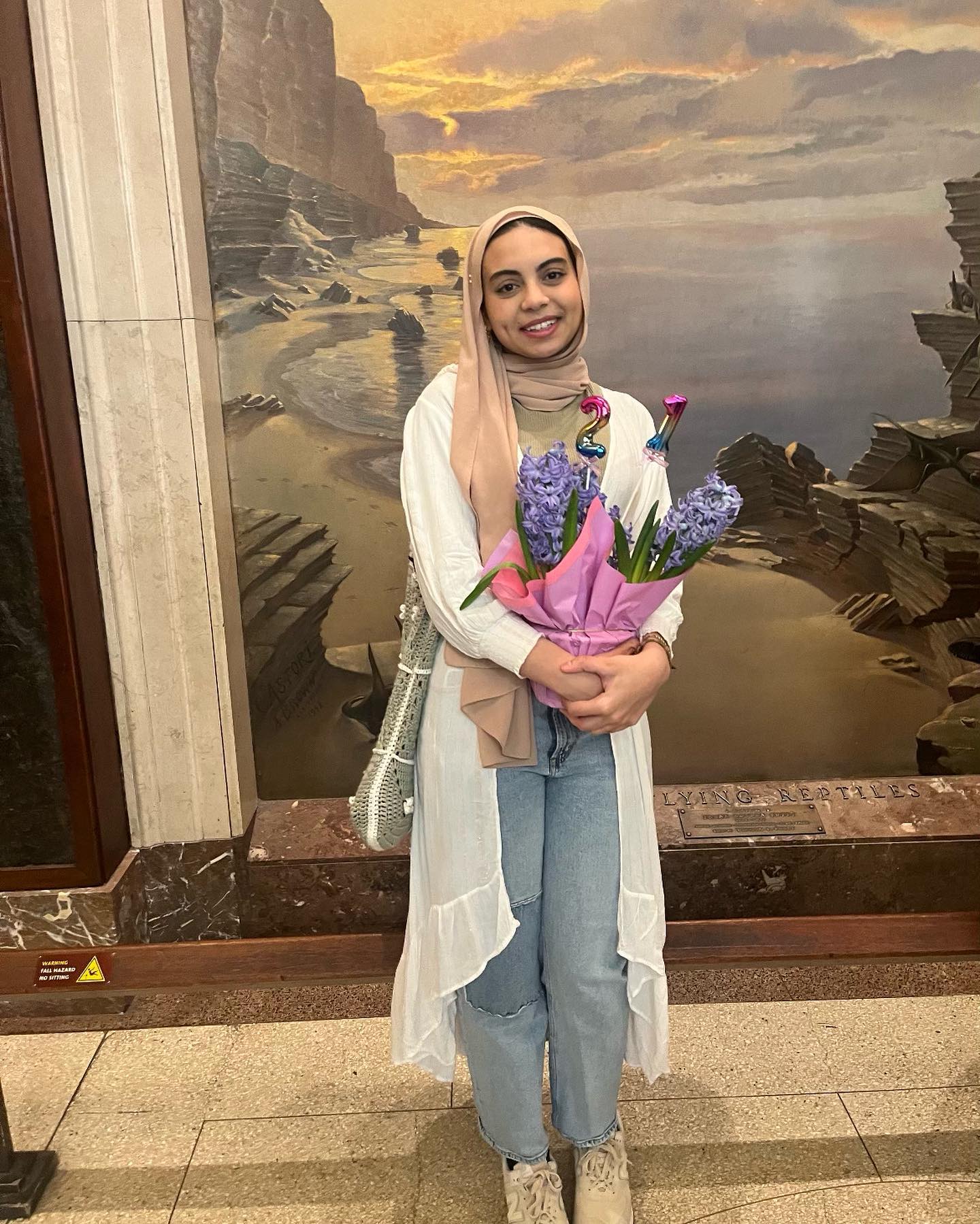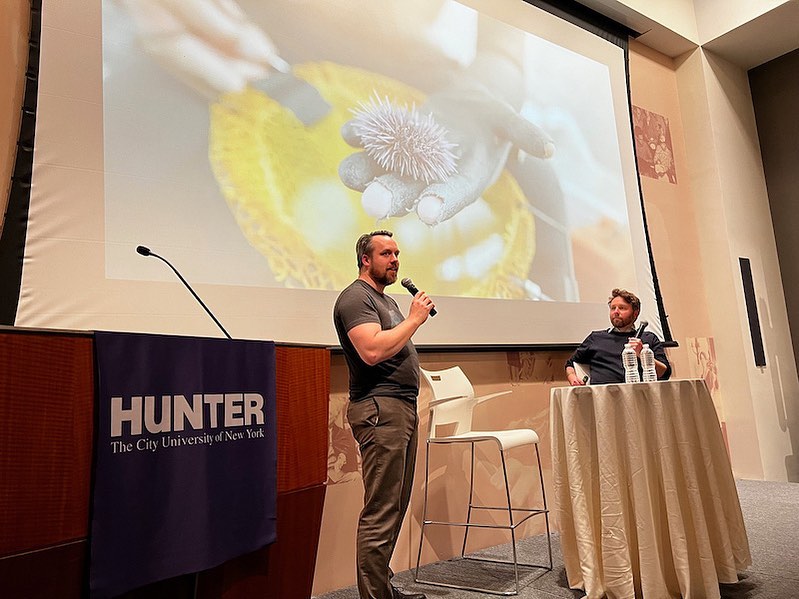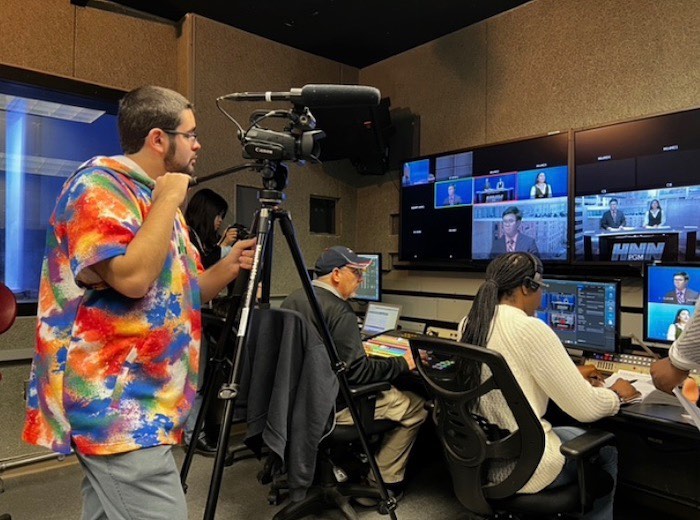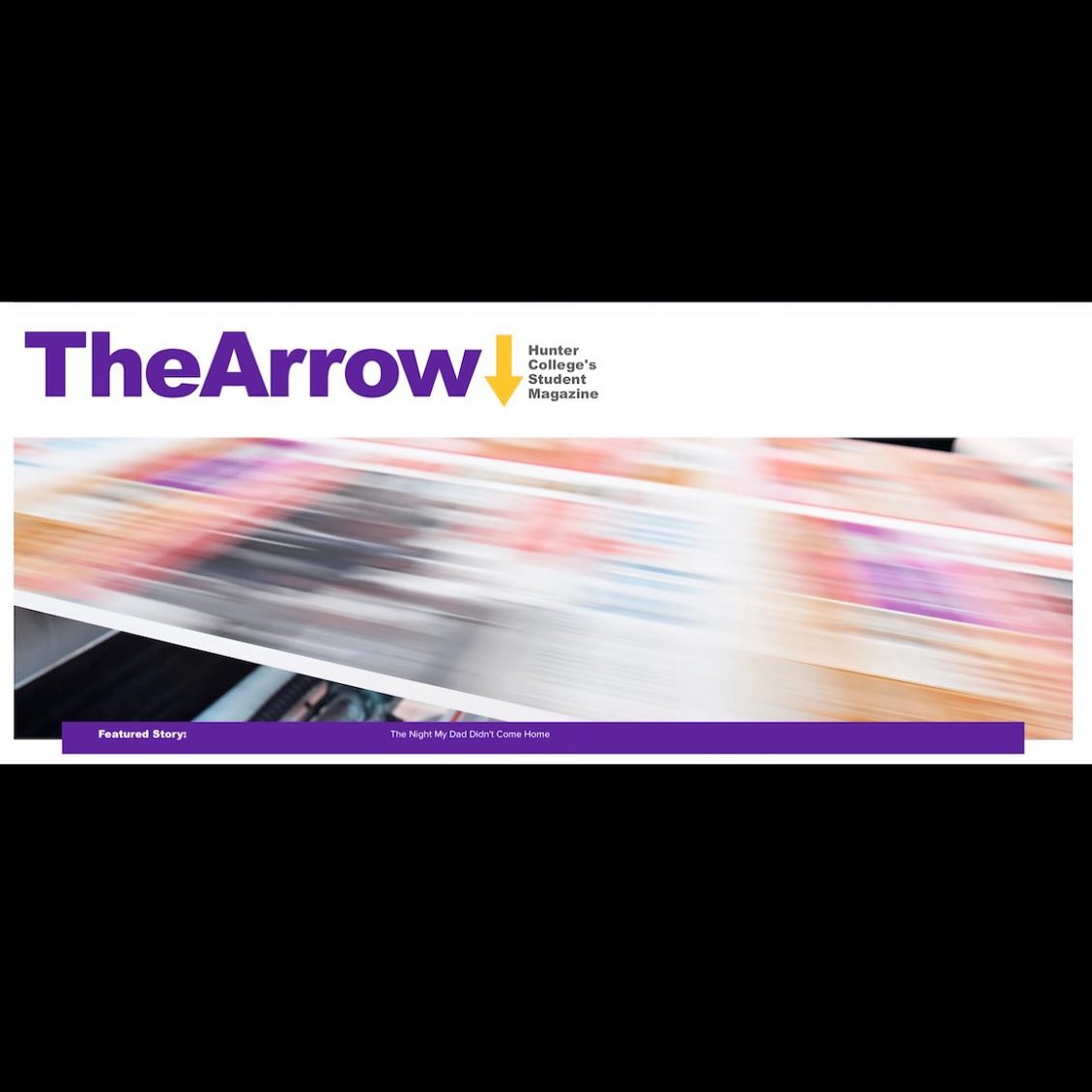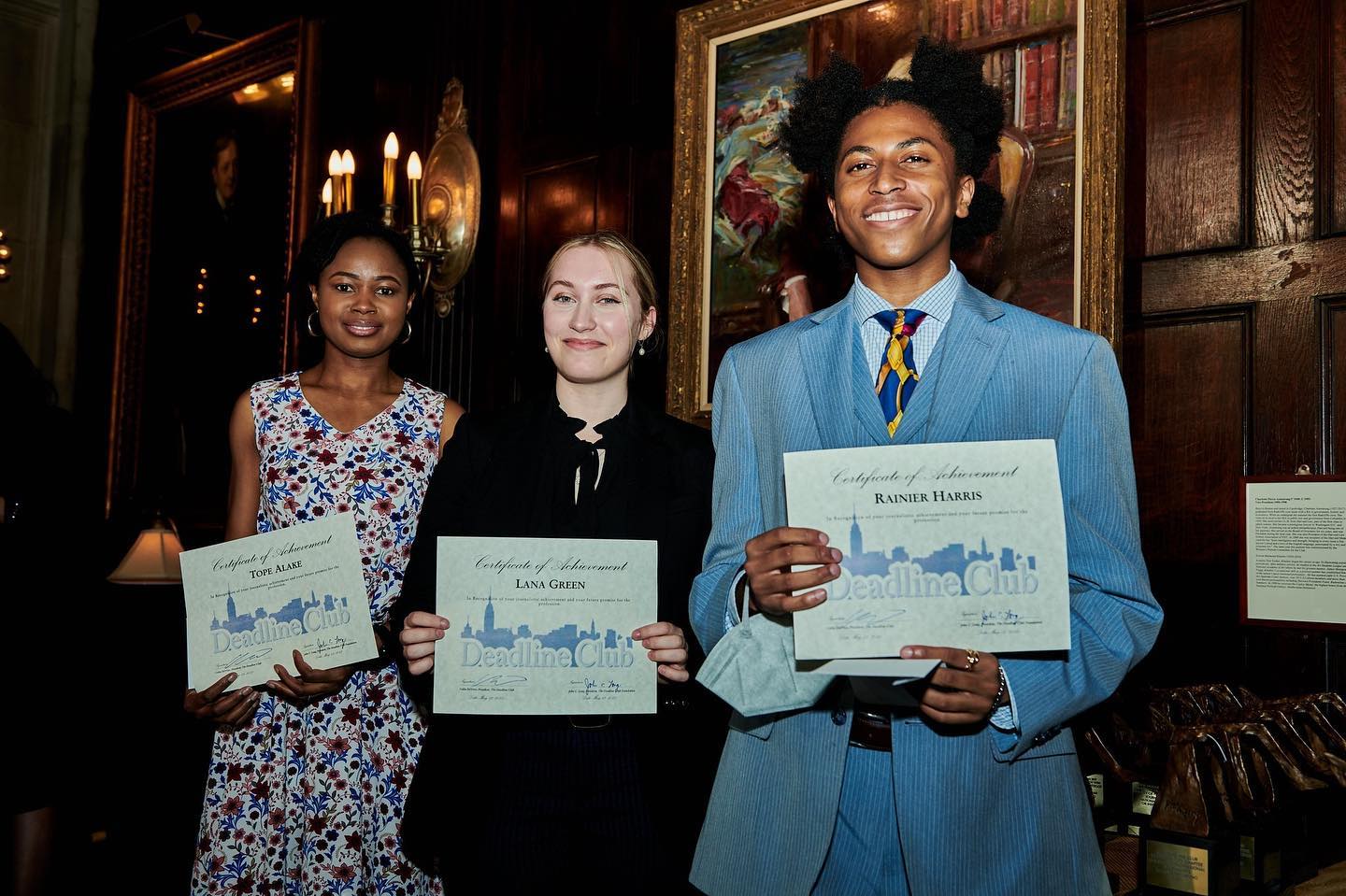By Natalie Rash

Editorial meetings at GQ are like a competitive sport, says Alex Hoyt, articles editor at the magazine. Hoyt (pictured at right) joined our Magazine Writing class via Zoom on April 23 to share some insights and offer advice to aspiring magazine journalists.
“Here’s a dozen people who are just as smart and just as good at writing and editing, with just as many ideas and connections who are just as ambitious,” he says of any editorial meeting at GQ. “They all want to bring in the big story.”
Hoyt always knew he wanted to get into magazine work. After graduating from Davidson College, in North Carolina, he was accepted as an editorial fellow at The Atlantic in Washington, D.C. He would go on to work at an architecture magazine, as a freelancer, with a literary agent, and as a senior editor at Rhapsody, a bygone inflight magazine for United Airlines. All by the time he was 30.
In 2016, Hoyt became the executive editor of Amtrak’s magazine, The National, and rose to the position of editor in chief in 2018. In February this year, he moved on to his current role at GQ, the Conde Nast-owned general interest magazine founded in 1931.
‘Have all those conversations. Turn over all those stones.’
— Alex Hoyt, GQ articles editor
Now, having worked at GQ for two months, Hoyt says he’s grateful for the path he took and the opportunities led him to where he is today. But he also says you need to go after it, be proactive, don’t wait for the opportunities to come to you. “Have all those conversations,” he says, “turn over all those stones.”
Tell a Great Story
Hoyt finds that the only rule at GQ is to tell a great story. And though it’s often intense, he finds it very rewarding. It’s at a level he’s aspired to throughout his career, he says.
Hoyt says that everything GQ publishes is “the work of many hands.” “It’s a long back and forth, with any of these pieces you’re reading.” Collaboration is essential to the process. “Nobody goes out there and kills it on their own,” he says. “When a whole village goes to work on a piece, they’re going to elevate the quality so much and it’s going to be so much better in the end.”
Below Hoyt offers some tips to help journalism students navigate their educations and careers.
Try to tell a story, you’ll always be more persuasive. For any type of piece you may be writing, Hoyt emphasized the importance of keeping a reader’s attention and to avoid boring them. “When you hang out with your friends, do people shut up and listen when you tell a story?”
Find characters who can help to tell a bigger story through a small story. Take ideas that are really big and expand on them through good characters that make the story more relatable and human.
Have an outline, but don’t stress about it. An outline helps to create structure, but do what works best for you. “I think it helps to be thinking about the structure of the piece before you sit down and write the first sentence,” Hoyt explained, detailing how anything from organized lists to scattered notebooks full of notes can help.
Do reporting, no matter what you’re writing. Whether a short article, a personal essay, or a 10,000-word investigative piece, everything can all be strengthened by good reporting. Hoyt encouraged students to get out and notice important details, and to talk to experts and people that know the characters you’re writing about.
Write more how you talk, and talk more how you write. This can be helpful when you’re thinking about your voice as a writer and a storyteller, as well as how to create a more natural voice in your work. “Have a command over your sentences,” Hoyt encouraged.
Master grammar, syntax and punctuation. It’s important for journalists to remember the building blocks of writing, such as how to use an em-dash, an en-dash, and a hyphen. He also stressed how one needs to know how to use semicolons, colons, and commas, as well as how to integrate a quotation. These are all considered the basics that will make your writing better, Hoyt said, using an analogy to drive the point home: “You’re not going to try out for the NBA without knowing how to do a layup.”
Structure, especially when it comes to longer pieces like profiles. Group things in ways that make a long piece less overwhelming. “If you’re stuck, just remember that chronology is your friend,” Hoyt explained. “Telling a story in the order that it happened is often the best solution. You shouldn’t resist that solution if it’s the simplest solution.” And even though this method is not always the best, it’s a good way to get unstuck if you run into a dead end.
Write long. Always write above the word count you’re assigned, Hoyt advised. It’s easier to cut a piece down and make it tighter than to try and fill up blank space. Make your work tighter, better, and something that reads faster and with impact. It’s better to shave things off than struggle to add things in at the end towards your deadline.
Read your work out loud to someone whose opinion you trust. This method is a good way to see things you may not have seen before. You’ll find redundancies, repetitions, and things that “sound like a creaky floorboard when read out loud.” And the other person may notice things that “ring false,” he said. Sometimes you can tell by their facial expressions alone.
Lastly, rely on your professors. They’re one of your best resources, he reminded our class. “They’re trying to make your ideas better,” he said. Treat them like your editors. And don’t look at your assignments as stories to be handed in and forgotten, but rather as real articles that you care and are passionate about.

